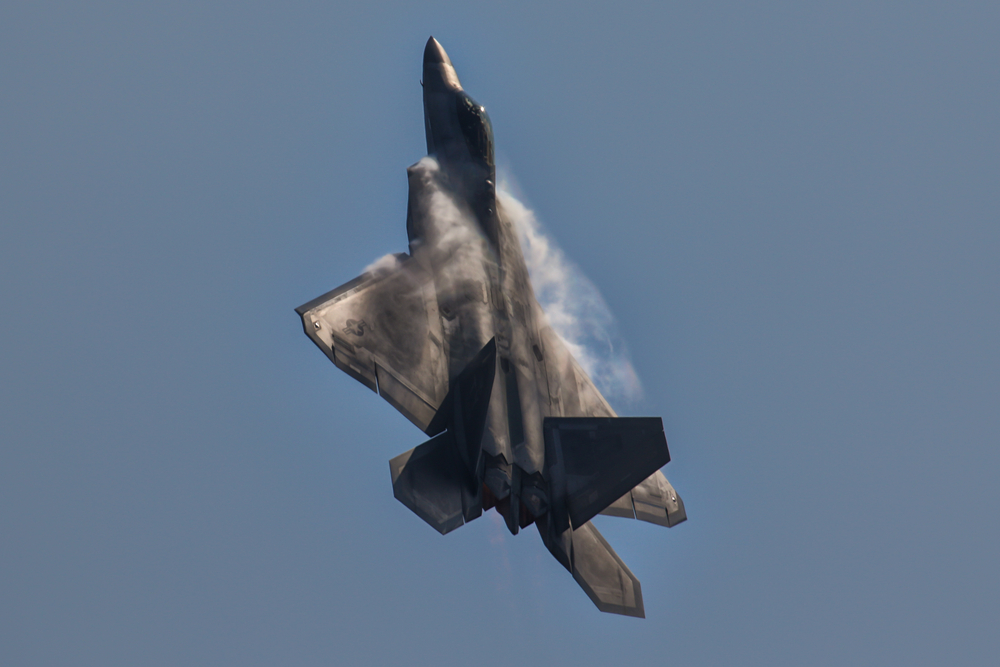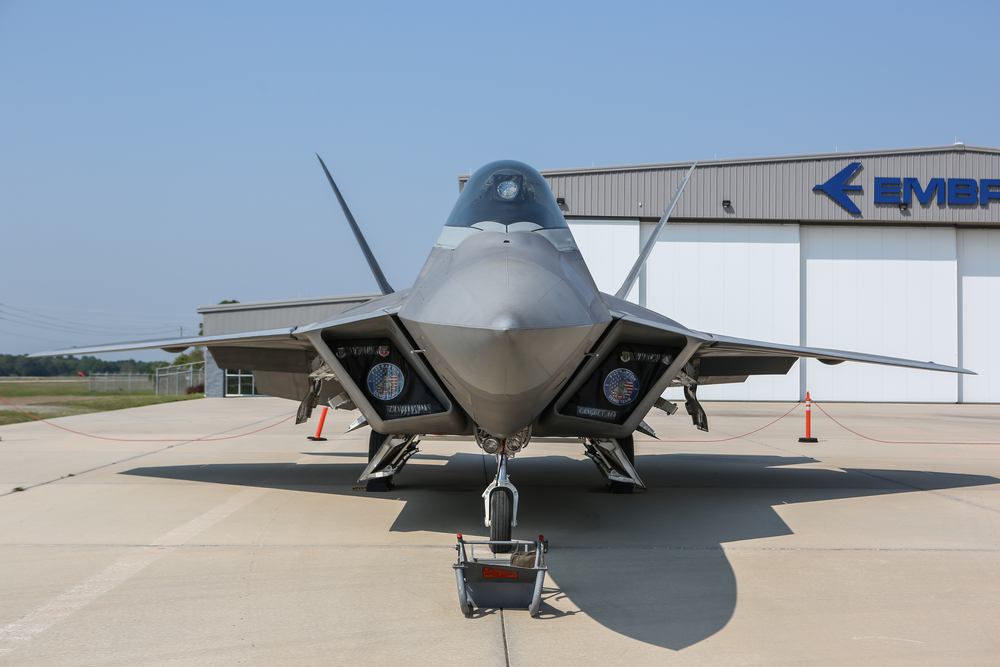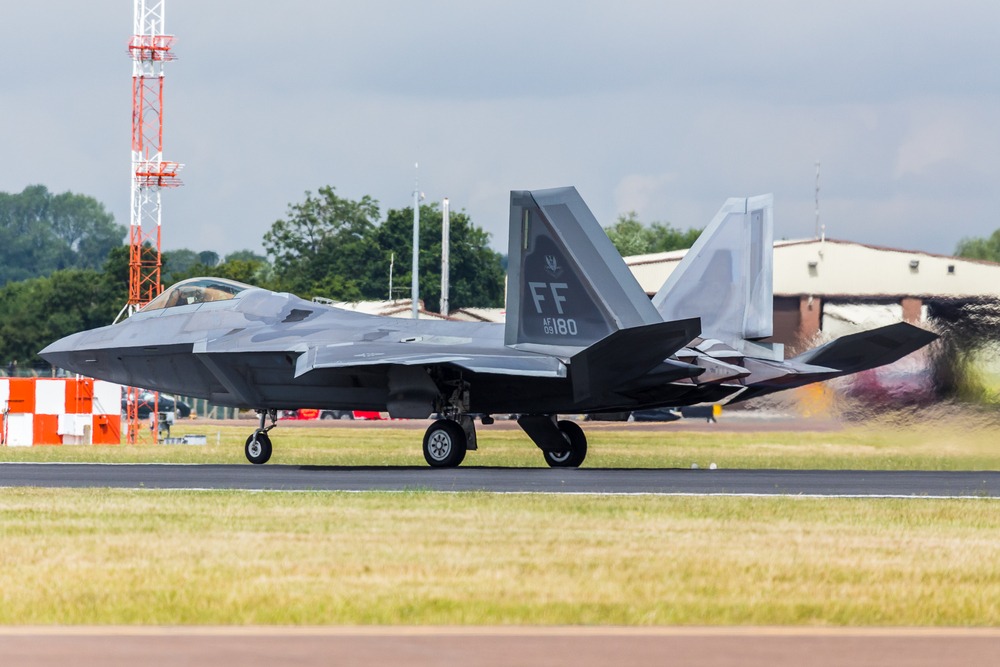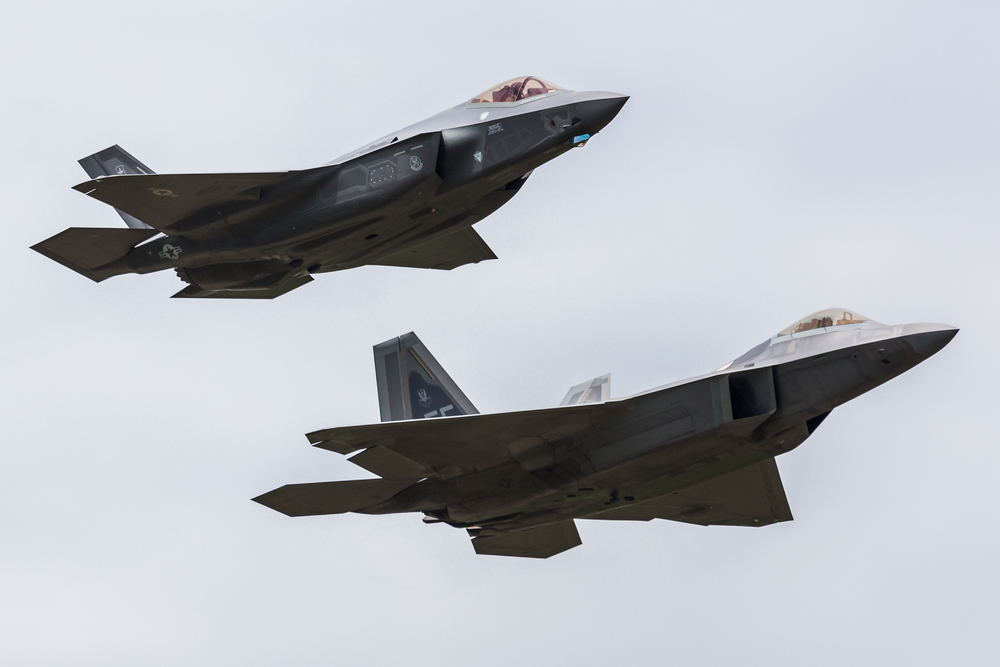
The F-22 Raptor, an unparalleled air dominance fighter, has established itself as a pinnacle of U.S. military aviation technology since its inception. As the first operational fifth-generation fighter in the world, the F-22 has revolutionized air combat with stealth, supercruise, sensor fusion, and super maneuverability. Yet, despite its formidable capabilities and global interest, this titan of the skies has never been exported beyond U.S. borders—a decision rooted in both law and strategic prudence.

This article explores the intricate web of reasons behind the U.S. government’s steadfast resolve to keep the Raptor’s advanced technology exclusive to the U.S. Air Force and the implications for future air combat and national security.
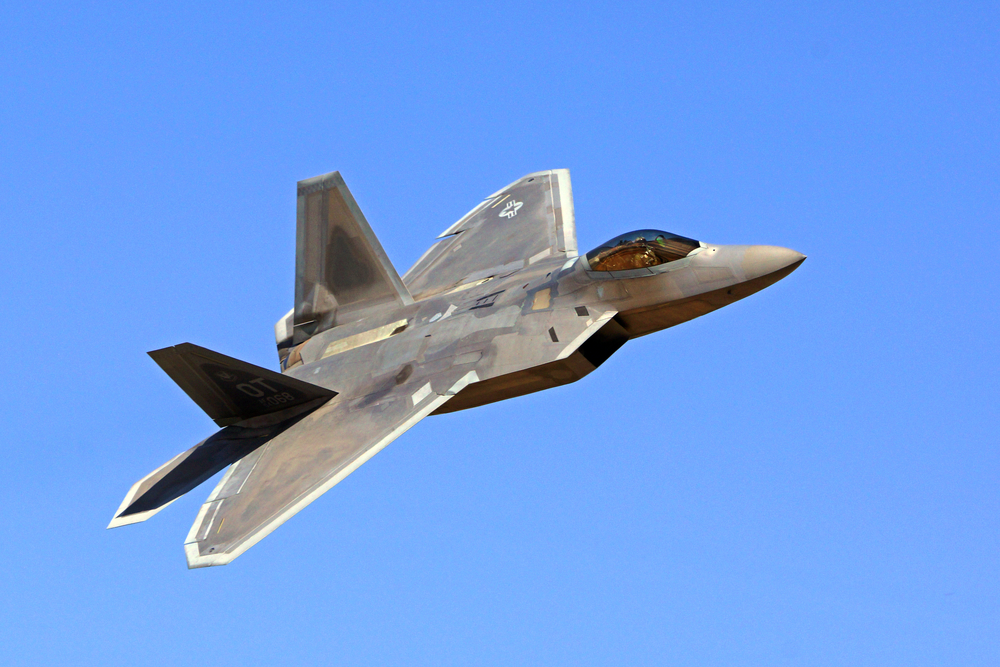
When the F-22 Raptor was introduced, it was a technological marvel that set new standards for what a fighter jet could achieve. According to Captain Samuel “RaZZ” Larson, an F-22 Demo Team Pilot and Commander, in a 2023 interview with Lockheed Martin, the Raptor represented a new era of air combat with capabilities that had never been witnessed before. To safeguard these advancements, a law was added to the 1998 Department of Defense Appropriations Act by the 105th Congress, stipulating that “None of the funds made available in this Act may be used to approve or license the sale of F-22 advanced tactical fighter to any foreign government.”

Beyond the legal barriers, practical considerations also weighed heavily on the decision not to export the Raptor. Originally slated to number 750, the production run of the F-22 was cut drastically, leaving approximately one-quarter of that figure to be developed. The reduction, along with the desire to protect the aircraft’s secrets, rendered the idea of exporting the model impractical, if not outright impossible.

Despite its restricted availability, the F-22 sparked significant international interest. Countries like Japan faced prohibitive costs, up to $2.3 billion, to develop a comparable fighter jet. Allied nations, including Australia, expressed desires to acquire the aircraft. However, in 2009, despite discussions in the Senate about developing an export-friendly version of the F-22, logistical and fiscal challenges led to the initiative being deemed impractical. A U.S. Air Force document from 2021, obtained by The War Zone, estimated that an export F-22 program could have cost as much as $13 billion, further cementing the decision to keep the Raptor exclusive.

As the F-22’s export prospects dimmed, the F-35 Lightning II emerged as a versatile, more exportable alternative, with countries like Japan becoming major importers. This new joint strike fighter offered a balance between advanced capability and the possibility of strengthening allies without compromising the most sensitive technologies.
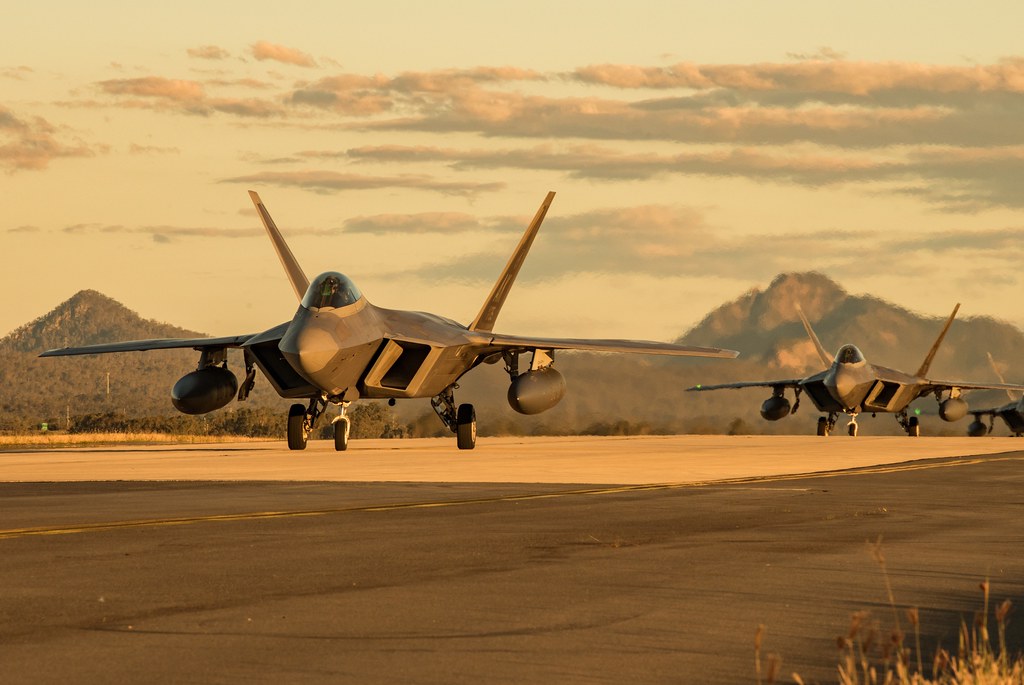
The Raptor’s career began in the 1980s and it saw its first active combat in Operation Inherent Resolve in 2014. Throughout its service, it has been subject to numerous upgrades, most notably the Raptor Agile Capability Release initiative, which began in 2020. Despite these enhancements and continued development funding estimated at around $19.5 billion through 2028, the model’s export remains a closed chapter.

In essence, the F-22 Raptor’s story is one of extraordinary technological achievement, strategic exclusivity, and evolving relevance. As the skies usher in new generations of fighters and the geopolitical landscape shifts, the Raptor remains a critical asset to the U.S. Air Force—its secrets closely guarded, its dominance uncontested, and its legacy irrefutably inscribed in the annals of military aviation history.
related images you might be interested.
